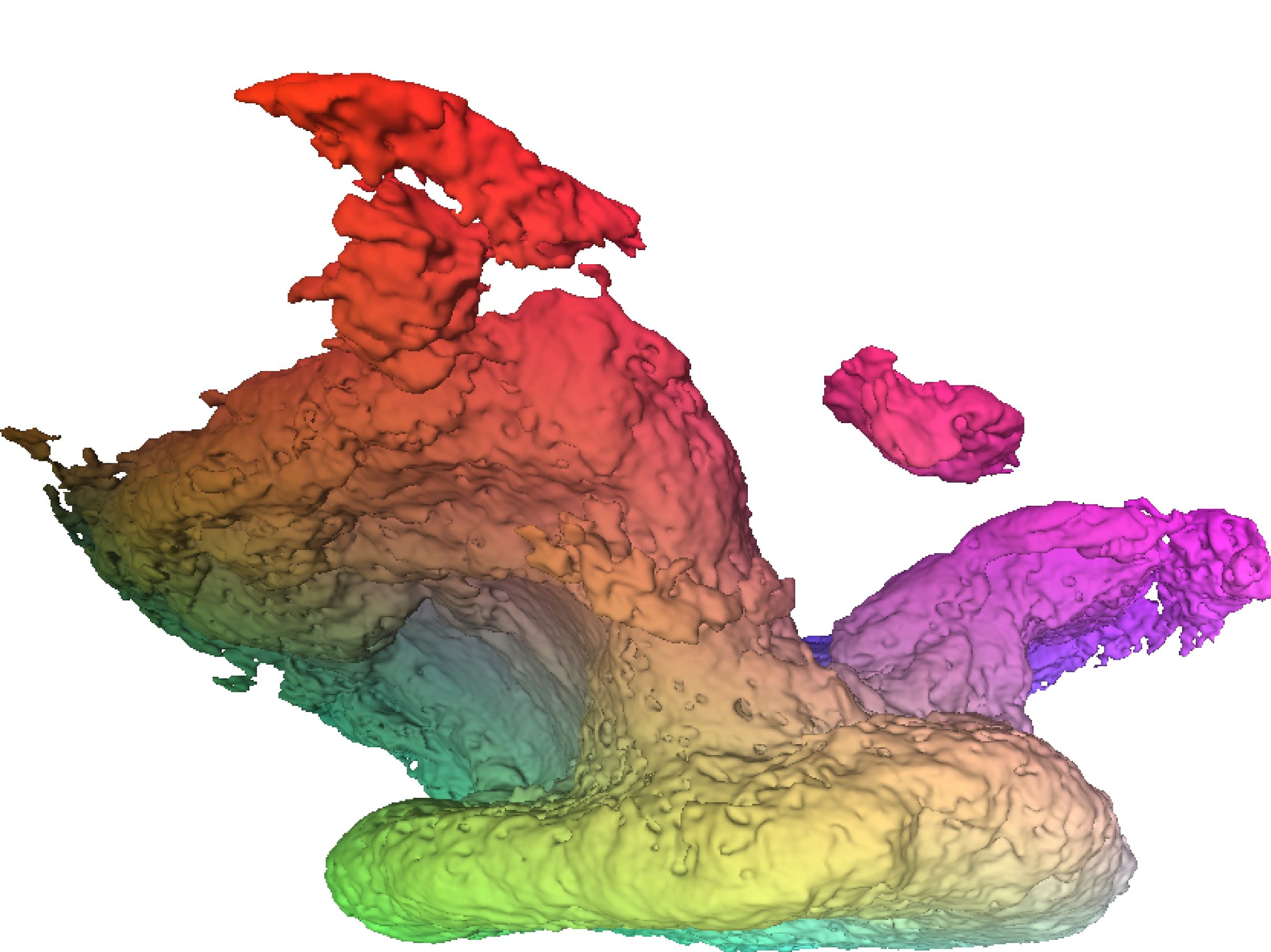Mystery of Bending Mountains May Be Solved


Earth's mountain ranges tend to march across the planet in fairly straight lines, but sometimes these colossal mountain chains make a sudden, dramatic curve. And although scientists have long understood that the push and pull of our planet's dynamic tectonic plates cause these bends, what goes on underneath the surface when mountain chains go catawampus has been something of a mystery.
What has especially bedeviled researchers is that these curving mountains — which bend over the course of millions of years — are associated with rocks that have no business being there. They are essentially rocks that could have been spat out of a volcano.
Earlier work looking at how mountain ranges bend suggested that only the uppermost 6 to 9 miles (10 to 15 kilometers) of the crust got involved.
"But that did not explain the fact that you always have a very important heat event associated with it," said geologist Gabriel Gutierrez-Alonso, a professor at Spain's University of Salamanca
New research conducted by Gutierrez-Alonso and his colleagues offers a compelling answer to this puzzle. Published in the July issue of GSA Today, the magazine of the Geological Society of America, the research indicates that the mountain-moving process extends far deeper than previously thought, more than 100 miles (160 kilometers) into the Earth. [World's Tallest Mountains]
Peaks from the past
Gutierrez-Alonso and a group of international collaborators in the United States and Canada have been studying this question for nearly a decade. Their research concentrates on a western leg of Spain's Pyrenees mountains, where geological forces have essentially exhumed the bones of a long-vanished mountain range that arose 320 million years ago, when Earth's continents had smashed together to form Pangaea, the planet's last supercontinent.
Get the world’s most fascinating discoveries delivered straight to your inbox.
The mountain range itself has eroded away, but chemical and magnetic signatures trapped in its remains indicate that the portion that was in present-day Spain bent between 310 and 300 million years ago.
Gutierrez-Alonso's research indicates that when the mountains bent, the crust far beneath them bent also. On the inside of the bend, where the crust was smashed together, it became far more dense — and far more heavy.
"It becomes so thick it cannot float," Gutierrez-Alonso told OurAmazingPlanet. The thick wad of crust eventually falls off. "The place that it was occupying is replaced with more viscous and hotter material that produces a big, big amount of heat," he explained.
Deep-heated mechanisms
Magma from deep inside the Earth fills the void left behind — bringing with it precious metals such as gold, silver, tungsten and tin. This process explains all the volcanic-style rocks that are associated with the bent mountains — and may have once provided a centurion's wife with a gleaming gift.
The northern region of Spain near the remains of the primordial mountains is peppered with mines. "There has been mining there since the Romans," Gutierrez-Alonso said.
Gutierrez-Alonso said that bending mountain ranges aren't a thing of the past — the process is happening in many present-day mountain chains, but the mechanisms at work are hidden deep in the Earth, far from scientists' instruments. He said a curvy spot in the Andes in Bolivia provides one of the best examples of modern-day mountain bending.
Reach Andrea Mustain at amustain@techmedianetwork.com, or follow her on Twitter @AndreaMustain. Follow OurAmazingPlanet on Twitter @OAPlanet. We're also on Facebook & Google+.



